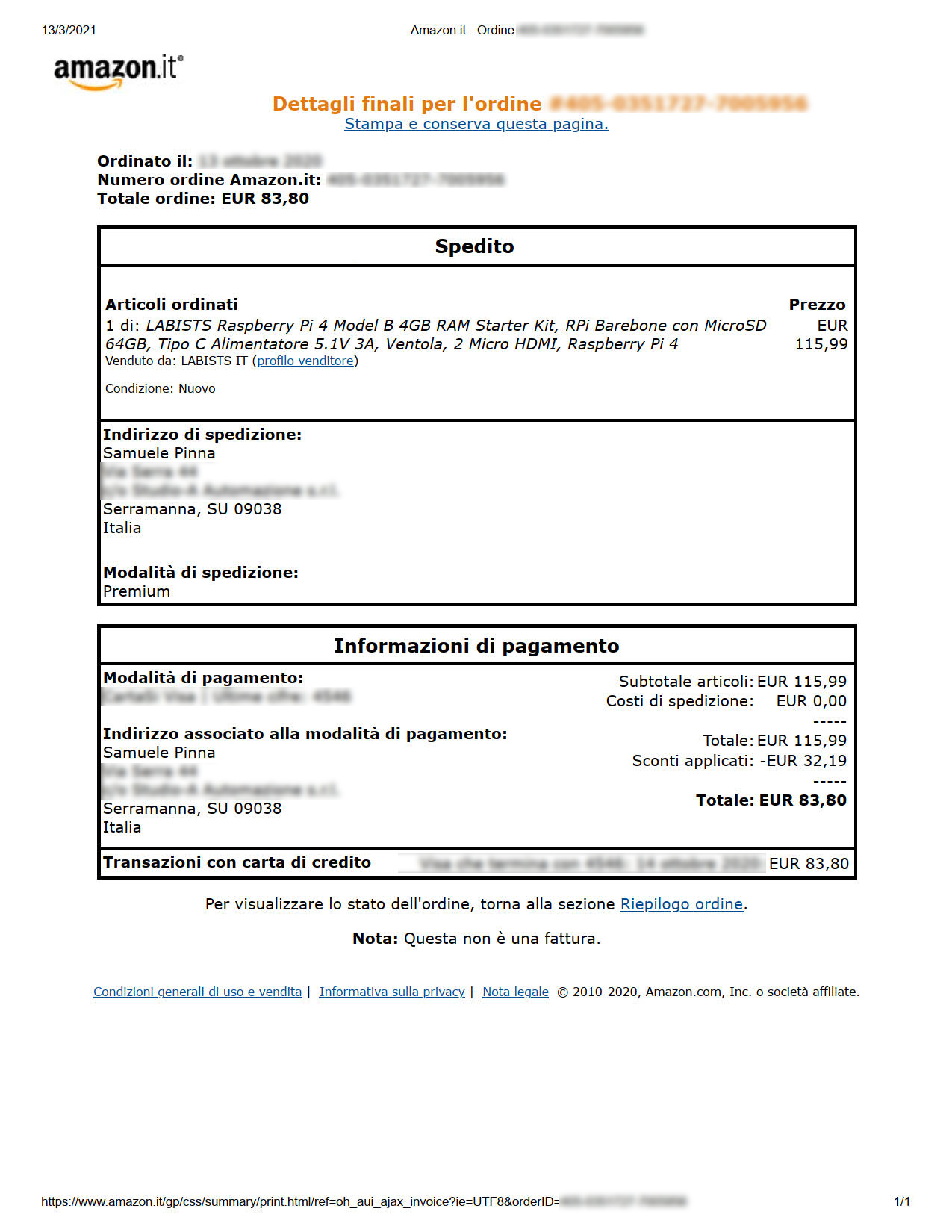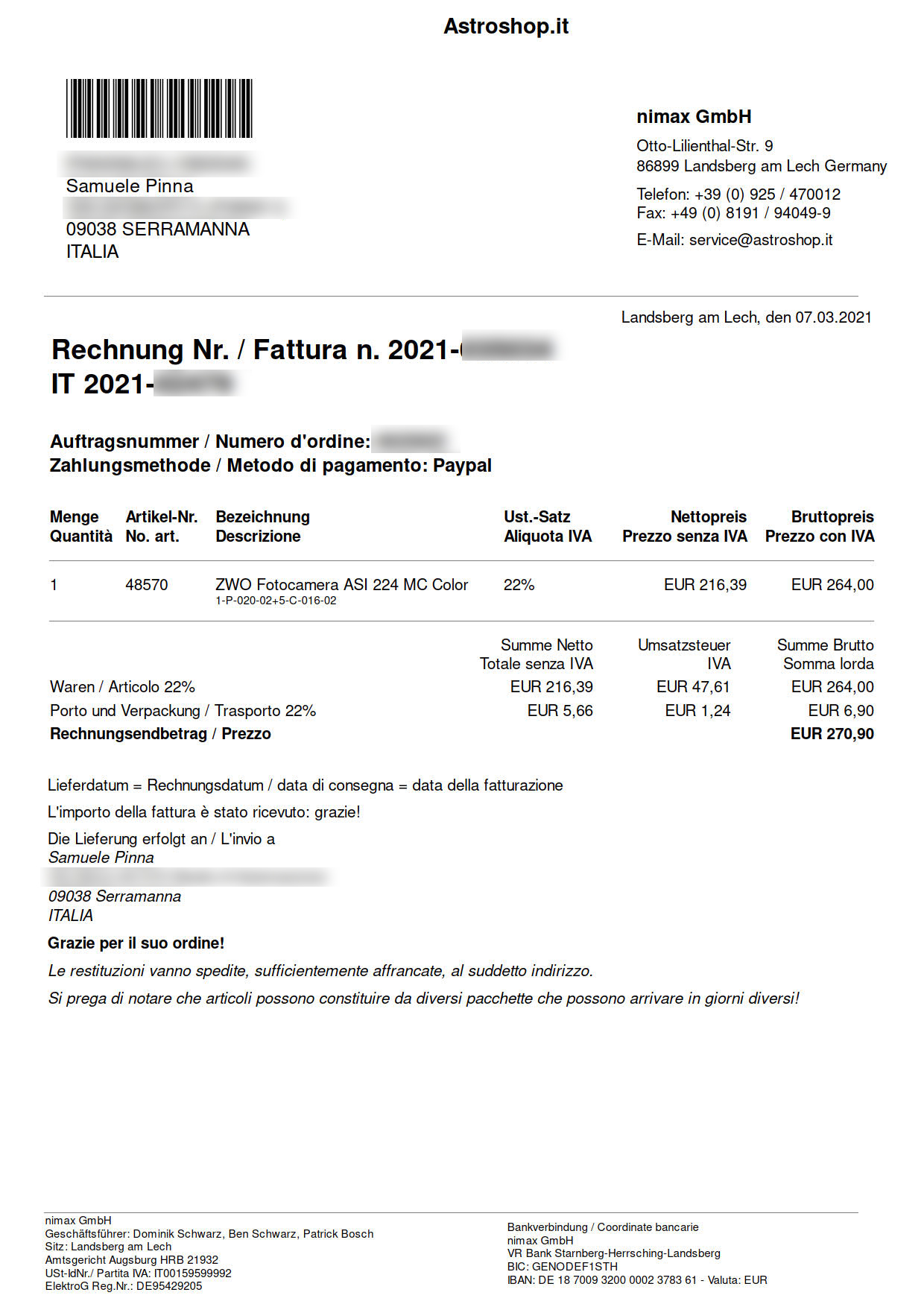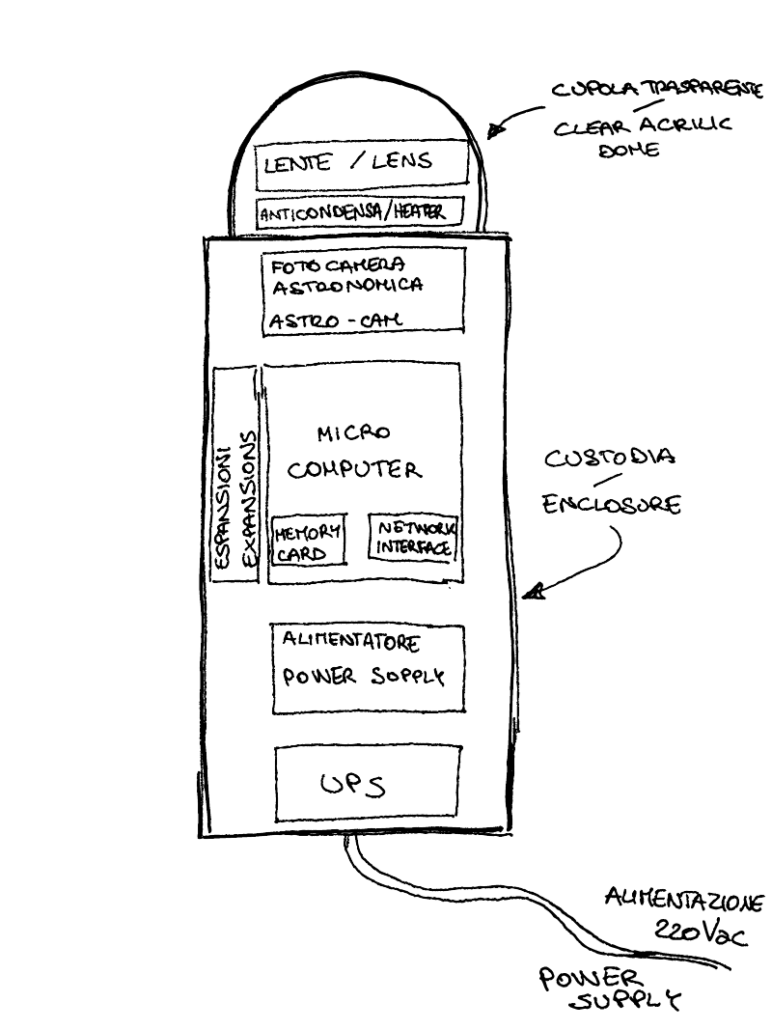Tempo di acquisti: abbiamo ovviamente iniziato con le componenti fondamentali del progetto: Lente, Camera di Acquisizione Astronomica e Micro Computer.

La Lente
Per ottenere l’effetto grandangolare e riuscire a coprire quanto più cielo possibile abbiamo deciso di puntare sulla lente Arecont Vision 1/2” 1.55mm f2 CS. E’ costata 96,45 £ (116,81 €) e arriverà a giorni (sperando di non ricevere sorprese dalla dogana visto che l’abbiamo acquistata in UK 🙂 dannate dogane! +26,48 €).
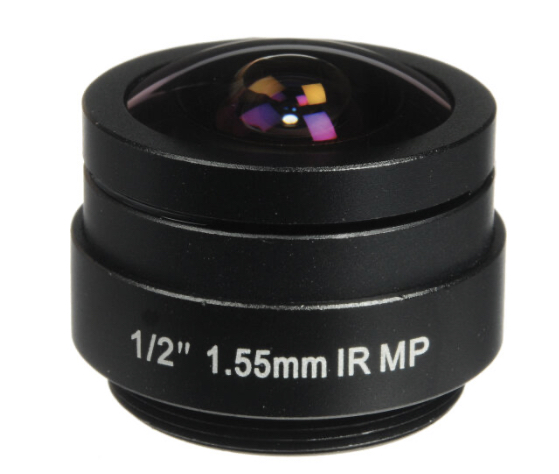
La Camera Astronomica
La nostra scelta è stata la ZWO ASI 224MC. Una grande camera che ci permetterà di ottenere bellissime immagini del cielo. Il suo costo è stato di 270,90 € e si… è già nelle nostre mani.

Micro Computer
Come già anticipato abbiamo deciso di puntare su un microcomputer compatto e dalle buone prestazioni: il Raspberry Pi 4 Model B + 4GB RAM. Ne abbiamo acquistato uno sfruttando una promozione a tempo limitata per 83,80 € comprensiva di custodia, alimentatore da parete, Memory Card Sandisk da 64Gb e dissipatori.
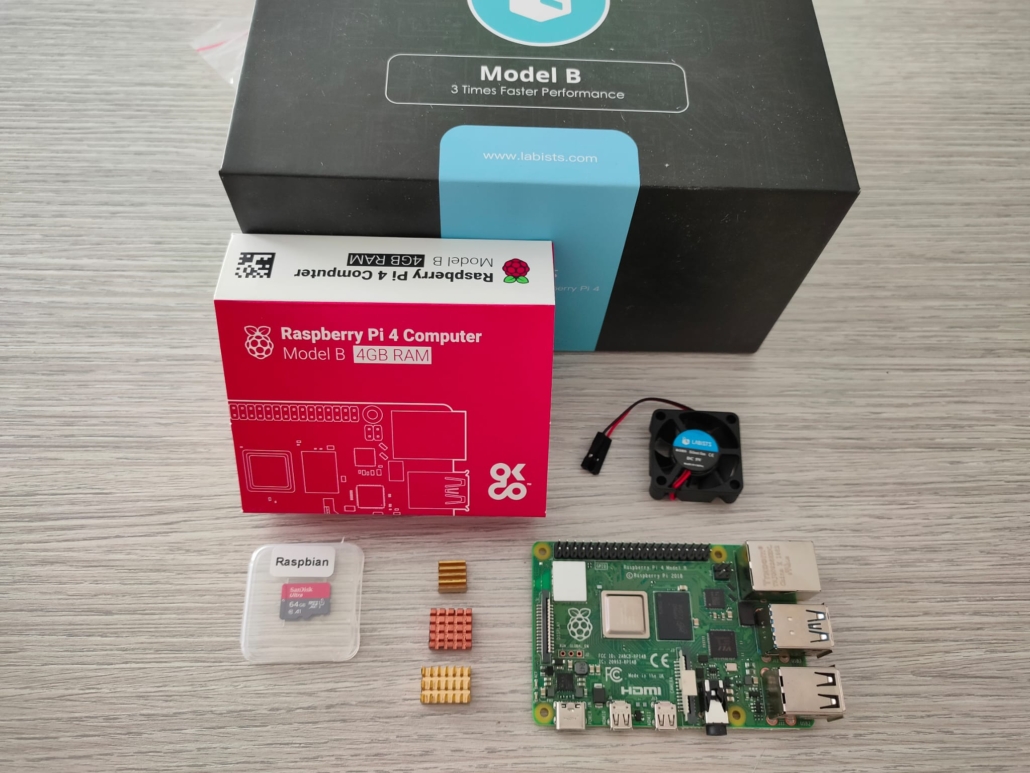
E per ultimo ecco tutte le ricevute degli acquisti di oggi. Chi fosse interessato a conoscere l’intera situazione economica del progetto può dare un occhiata qui:


